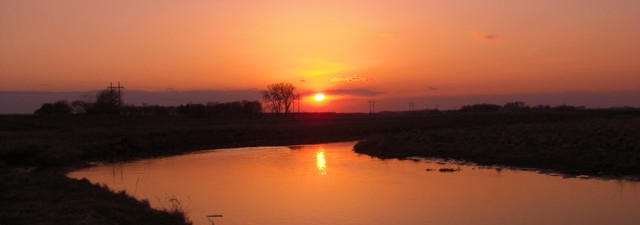TheThe Black Hills repeaters Rapid City and Bear Mountain via the Black Hills Tie will come on
automatically on Wednesday nights at approximately 8:55 PM Central or 7:55 PM Mountain. You can
ask for a confirmation that the Black Hills Tie is up from someone on those repeaters. The link goes
down automatically at 9:45 PM Central time or 8:45 PM Mountain time or upon 5 minutes of no
activity on the system.
SD Link Net Script:
“Good Evening and welcome to the SD Link net.
This net meets every Wednesday night at 9 pm Central, 8 pm Mountain time. The purpose of the
net is for emergency preparedness, handling of traffic, making amateur related announcements and
operational testing of the SD-Link system.
Please give your callsign even if you are just testing your ability to access the SD-Link system. It is
not OK to ker-chunk and is very rude and inconsiderate to monitoring stations. It is also illegal
according to FCC rules. Temporary, individual Cross Band repeat with the SD-Link is highly
discouraged and any permanent linking is not permitted by the South Dakota Amateur Radio
Council.
Stations that use APRS should be sure they are not “BEACONING” when on the SD-Link. Operators
of radio’s using APRS have to make sure the automatic beaconing is turned off when not on the
APRS frequency. Unfortunately it is easy to forget to do this so the safest practice is to use a
dedicated radio for APRS, and never move it off the APRS frequency.
Please feel free to “rag chew” but please observe common courtesy to all and leave room for
emergencies and breaking stations.”
“Your NCS tonight is (YOUR CALL, NAME, QTH)”.
“The SD link consists of 14 repeaters of which use the 146.2 tone except for the Salem W0SD UHF
Hub and the SF UHF repeater, both of which use a 103.5 tone. The coverage is from Minnesota to
Wyoming on Intersate-90 and from Iowa to north of Watertown on Interstate-29. On most
Wednesday nights the Blacks Hills Repeaters at Rapid City (VHF) and Bear Mountain will be a part
of the system during the net extending coverage into NE and WY.” The SD-Link is owned and
operated by the South Dakota Amateur Radio Council.”
“The SD Link system can be monitored on broadcastify.com, simply perform a local search, or
search for SDARC to find it. For most Wednesday night nets, the audio from the Sioux Falls UHF
repeater is posted to Youtube, and can be reviewed to monitor your station performance or simply to
hear how you sound on the link. Search for SD Link, or SDARC to find the recordings.”
“To make sure your ENTIRE call sign is received when you check in, key up, then wait two full
seconds before giving your call sign TWICE, once normally and once phonetically, as there is some
delay across the whole state with this many linked sites.”
“If you are interested in being a net control on this net contact Steve KB0WSV, the SD-Link net
manager. You can contact him via the SDLINK email group at sdlink@groups.io or simply on this
net.”
“The SDLINK has a web page at SDLINK.ORG where you can find information on this South
Dakota link repeater system, lists of all the clubs in the state along with their websites and more
info.”
“This repeater system does take a substantial effort and money to maintain which is done by
relatively few dedicated individuals. Any contribution toward keeping the SDLINK operational is
much appreciated. You can do this directly by contacting the South Dakota Amateur Radio
Council’s treasurer W0SD, or through PayPal. The information is available on the web
site’s Home page.”
End of preamble.
“Is there any traffic, announcements or bulletins for the net?”
Handle any that comes along.
Now work your way across the SDLINK system. You may ask them to give their their name and
location. If they have any announcements to be made, let them make them after the roll call. If
they want to contact another station. Allow them to do so immediately before the
other station leaves. Allow them to arrange another frequency or time after the net to continue
their QSO. After all announcements and such are done, call for additional check-ins grouped by
East river then West river.
Do not forget to ID with you call sign every few repeaters.
“This is (Your callsign) calling the Wednesday night SDARC net” (Or something similar)
When finished working across the state, call once more any additional business for the net. then compile a net report and call to give it to the net manager before you close the net. If he is not available, hold it till the next net.
Then close the net:
This net report will count as one piece of traffic so you’ll always have at least one. Give your net
report to KB0WSV Steve and if not available, hold it till the next net.
Here is a suggested way to give your net report:
“Please copy my routine, abbreviated net report of (date).
“From (your call) to KB0WSV I had (number) check ins and (number) pieces of traffic. Break (your
call). How copy?”
“This is (your callsign) now securing the South Dakota link net. We’ll meet again next week at this
same time. This is (your callsign) now returning the repeaters back to normal amateur use. 73 and Good
night. (Your callsign) clear”

